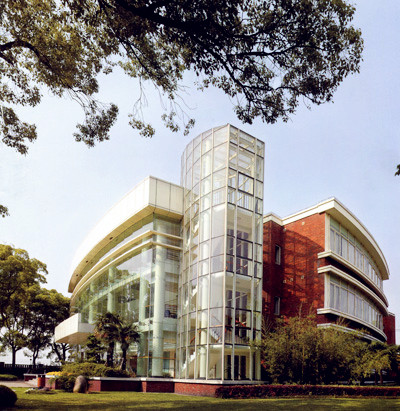I have blogged about thorium as a possible nuclear fuel. Thorium was considered for fueling nuclear reactors in the 1960s but the abundance of uranium and the fact that uranium could be converted into plutonium for nuclear weapons removed thorium from serious consideration. Thorium is an abundant element and the United States has actually buried tons of thorium as an unwanted byproduct of rare earth mining.
Originally, China intended to develop and construct an operational thorium reactor by 2040 but now Chinese nuclear scientists have been told that they must construct a thorium reactor by 2025. China feels that it is under pressure to develop thorium reactors because other countries, especially India are pouring money into thorium research.
In early 2013, Jiang Miaheng, son of the former Chinese Premier Jiang Zemin, launched their current thorium research program. He said that China had enough thorium to supply energy needs for twenty thousand years. Three hundred and fifty million dollars were allocated to start the project. One hundred and forty PhD level scientists were recruited by the Shanghai Institute of Nuclear and Applied Physics (SINAP). It was anticipated that the staff of the SINAP would reach seven hundred and fifty by 2015 but this appears to have been an overly conservative estimate.
The Chinese are focusing on molten salt or liquid fluoride reactors as the best designs for a thorium reactor. Thorium reactors can theoretically be much smaller and operate at atmospheric pressured without the need for huge containment vessels that are required by uranium and MOX reactors. If such reactors can be built and operated safely, small thorium reactors could be used to power individual office buildings and industrial plants.
Britain has a small thorium project called ThorEA at Huddersfield University. The head of that project says that thorium is intrinsically safer than uranium fuel because the thorium itself must be bombarded with an external source of neutrons in order to produce power. If the reactor fails and shuts down, there can be no chain reaction or critical events such as happened at Fukushima.
The U.S. actually built a molten salt thorium reactor at the Oak Ridge National Laboratory (ORNL) in the 1960s. The Nixon administration cancelled the project because the Pentagon wanted the plutonium produced in nuclear reactors fueled with uranium. A former NASA engineer named Kirk Sorensen retrieved the designs for thorium reactors from the government archives and published them. This aroused no interest in the United States to pursue thorium reactors. Jiang visited the ORNL and obtained a copy of the thorium reactor design documents after reading an article about the benefits of thorium as a nuclear fuel.
China has plenty of thorium and is very concerned about being dependent on foreign sources of fuel. China also has a very serious problem with air pollution. If thorium reactors could be developed, they would reduce air pollution and assist in ameliorating climate change. China is currently building twenty eight conventional reactors and pursuing other cutting edge nuclear projects including the thorium project.
Thorium reactors are promoted as being safer and cheaper than conventional power reactors. In other blogs I have pointed out some of the problems with thorium reactors including higher operating temperatures and more highly radioactive waste than produced by uranium reactors.
Shanghai Institute of Nuclear and Applied Physics:
